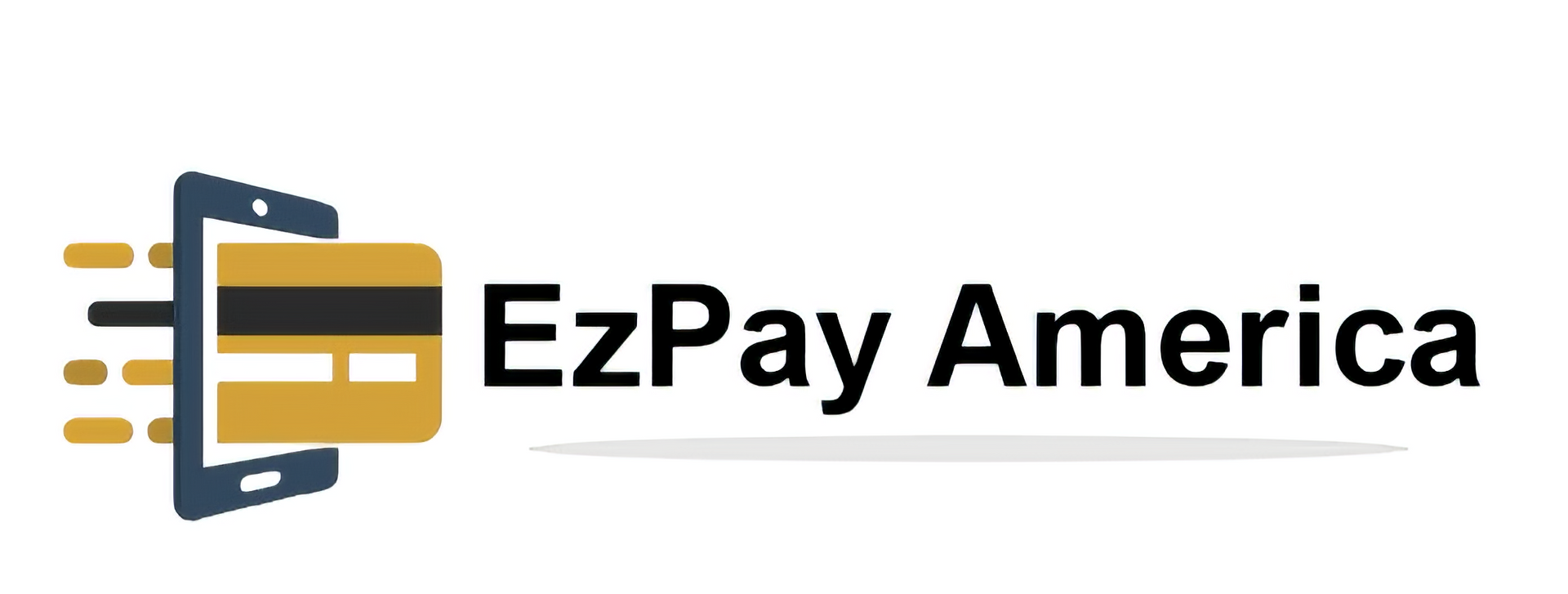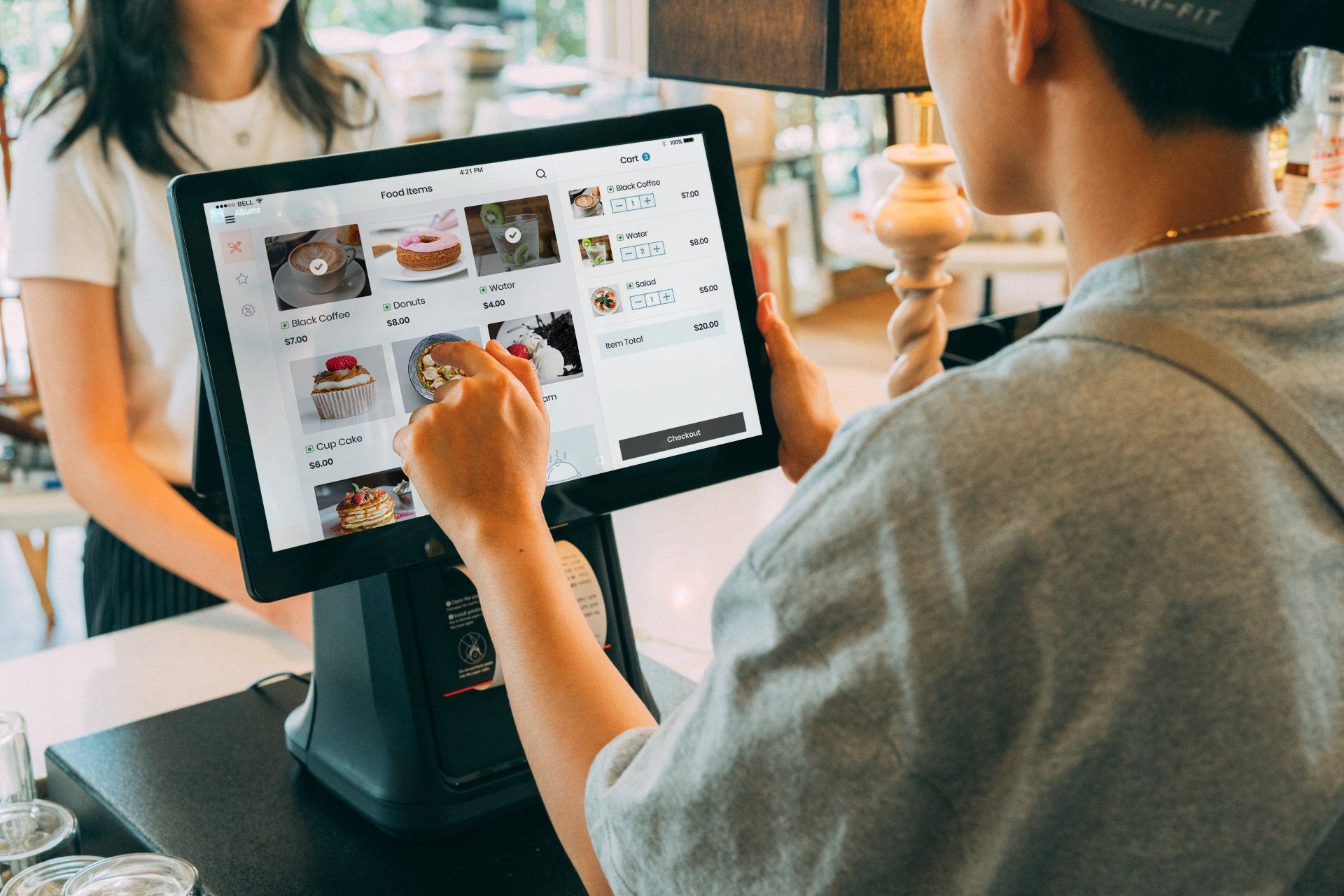Blog Layout
Social Media Payment Solutions - Are We Ready?

The future of social media-powered payments are we as an industry ready?
- Integration of Payment Features: Social media platforms are likely to continue integrating payment features directly into their platforms, making it easier for users to make purchases, send money to friends, and conduct transactions without leaving the app.
- Expansion of E-commerce: Social media platforms will increasingly become hubs for e-commerce activities, with users able to discover and purchase products directly from their feeds. This could involve features such as "buy" buttons, shoppable posts, and in-app checkout processes.
- Peer-to-Peer Payments: Peer-to-peer payment functionality is likely to become more seamless and widespread on social media platforms, enabling users to send money to friends and family with just a few taps.
- Cryptocurrency Integration: As cryptocurrencies gain more mainstream acceptance, social media platforms may explore integrating digital currencies into their payment systems. This could enable users to buy, sell, and transfer cryptocurrencies directly within their social media accounts.
- Enhanced Security and Privacy: With the increasing focus on privacy and security, social media platforms will need to prioritize robust security measures to protect users' financial information and transactions.
- Social Commerce: Social media-powered payments will continue to blur the lines between social networking and e-commerce, with platforms leveraging user data and social connections to personalize shopping experiences and drive sales.
- Regulatory Challenges: As social media platforms expand their payment capabilities, they may encounter regulatory challenges related to financial services, data privacy, and anti-money laundering regulations. Navigating these regulatory landscapes will be crucial for their continued growth in the payments space. he success of these payment initiatives will depend on factors such as user trust, regulatory compliance, and ongoing technological innovation.
OUR RELATED ARTICLES

By EzPay America
•
21 Feb, 2024
The future of the work-from-home (WFH) model is shaped by several factors, including technological advancements, changing corporate cultures, and evolving employee expectations. Here's an overview of key trends and considerations that could define the trajectory of WFH in the coming years:
1. Increased Flexibility and Hybrid Models
Many companies are adopting hybrid work models, combining remote work with office presence. This approach offers flexibility, catering to diverse employee preferences and job requirements. It also addresses challenges associated with fully remote or in-office models, balancing collaboration and independence.
2. Technological Innovations
Advancements in communication and collaboration tools continue to support remote work. Virtual reality (VR) and augmented reality (AR) are expected to play a more significant role, enabling more immersive and interactive remote meetings. Cloud computing and cybersecurity advancements will further facilitate secure and efficient remote work enviro
EzPay America
Copyright © 2021 EzPay America All Rights Reserved
All Trademarks, Service Marks and Trade Names Referenced on this website are the property of their respective owners.
Sitemap
Services
Contact Us
Monday-Friday 9am-5pm
108 S Hall Rd Unit 823
Alcoa TN 37701
Privacy Policy | Terms Of Use | Disclaimer | Cookie Policy | EULA | Shipping | Returns | Acceptable Use | Information Security Policy | Do Not Sell My Info | Limit The Use Of My Sensitive Personal Info

Add your custom HTML here









